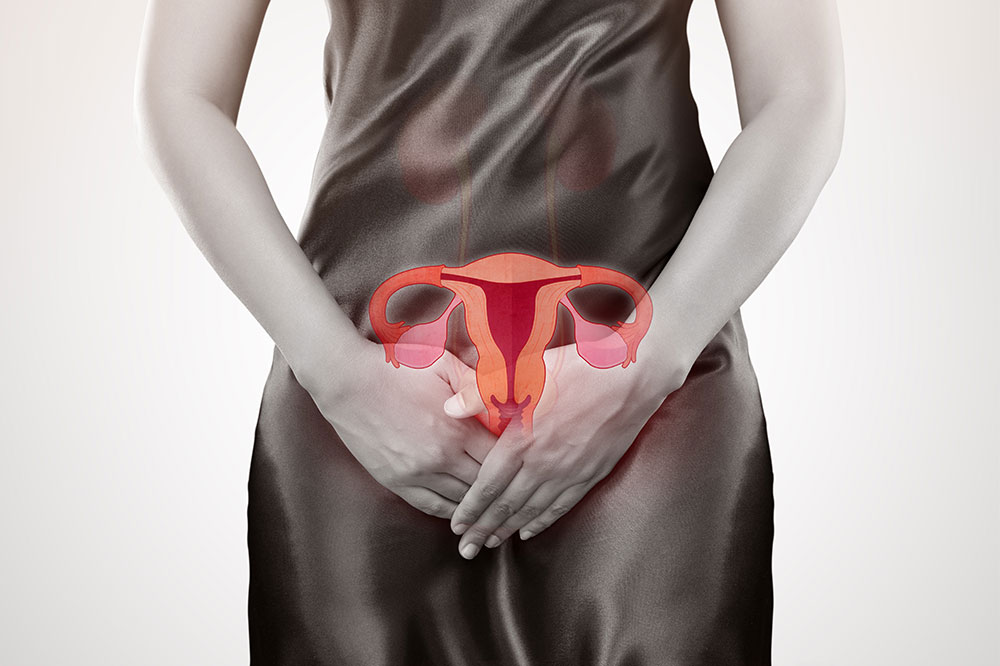
Cervical Cancer – Common Risk Factors and Stages
Cancer is an umbrella term used to describe diseases caused due to the growth and multiplication of abnormal cells in the body. Cervical cancer occurs in the cells of the cervix. The cervix is the lower part of the uterus that is connected to the vagina. In this article, we shall focus on understanding the risk factors and stages associated with cervical cancer.
Risk factors of cervical cancer
Risk factors can increase an individual’s chances of developing certain diseases. Since there is no exact cause for cancer, individuals can try to lower their risk of developing cervical cancer by understanding the various risk factors associated with this condition.
1. Immune system deficiency
Individuals who have weak immune systems are at higher risk of developing cervical cancer. Lowered immune systems could be genetic or even caused due to certain medications that suppress the immune system.
2. Smoking
Smoking is harmful to the overall health of the body; it can increase the chances of developing cervical cancer. Some studies have shown that women who smoke are twice as more likely to develop cervical cancer, but more research is required to understand the relation between the two.
3. Human papillomavirus (HPV)
One of the most common causes of cervical cancer is getting infected with HPV. Note that there are over a hundred different types of HPV, and not all of them are related to developing cervical cancer. The types that are most commonly linked to cervical cancer are HPV16 and HPV18.
Other risk factors of cervical cancer include oral contraceptives, age, herpes, and more.
Stages of cervical cancer
Understanding the right stage of cancer is essential to make an educated treatment decision. It also helps the doctor and the patient understand the progression of the disease. When it comes to learning about the stage of cervical cancer, doctors use the FIGO system.
There are five major stages and substages that account for the different features of cervical cancer in the body.
1. Stage 0
Stage 0 is the stage where the cancer is in situ. This means that abnormal cells are present in the innermost lining of the cervix. It is very rare that cancer is found in this stage.
2. Stage I
Stage I is where the abnormal cancerous cells are strictly found only within the cervix. There are two substages under stage I.
- Stage IA
Cervical cancer is classified as stage IA when the cancerous tumor is so small that it can only be seen under the microscope. - Stage IB
Stage IB is where the cancerous cells are much bigger than in Stage IA but remain confined to the cervix.
3. Stage II
In stage II, the abnormal cells have spread to the upper part of the vagina and the tissue surrounding the uterus.
4. Stage III
During stage III, cancer has already spread to the lower part of the vagina and the muscles surrounding the pelvic region. The tumor may also be large enough to lead to kidney troubles and other health complications.
5. Stage IV
In stage IV, cancer has already spread to other parts and organs of the body such as the bladder, rectum, and even liver, lungs, and bones.


